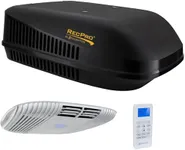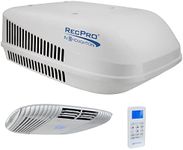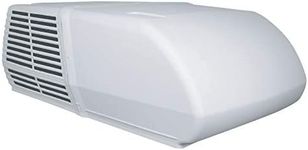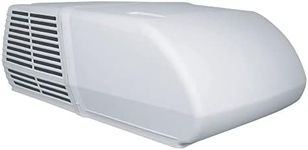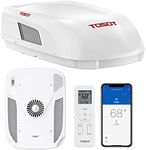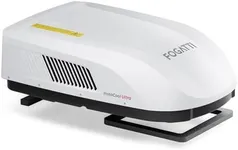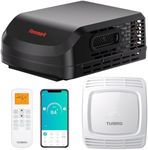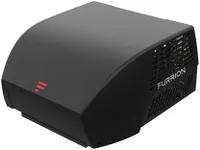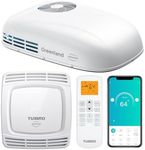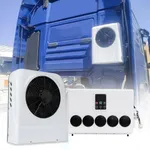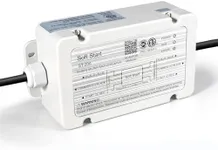Buying Guide for the Best Rv Ac Units
Choosing the right RV air conditioning unit is crucial for ensuring comfort during your travels. The right unit will keep your RV cool in hot weather, making your trips more enjoyable. When selecting an RV AC unit, consider factors such as the size of your RV, the climate you'll be traveling in, and your personal cooling preferences. Here are some key specifications to help you make an informed decision.BTU RatingBTU stands for British Thermal Unit, and it measures the cooling capacity of the air conditioner. This spec is important because it determines how effectively the unit can cool your RV. Units with higher BTU ratings can cool larger spaces more efficiently. For small to medium-sized RVs, a unit with 13,500 BTUs is usually sufficient. For larger RVs or extremely hot climates, you might need a unit with 15,000 BTUs or more. Consider the size of your RV and the typical temperatures you expect to encounter when choosing the BTU rating.
Power ConsumptionPower consumption indicates how much electricity the AC unit uses. This is important because it affects your RV's power system and your overall energy costs. RV AC units typically run on 120V power and can draw between 10 to 15 amps. If you plan to run multiple appliances simultaneously, you might need a unit with lower power consumption to avoid overloading your electrical system. Assess your RV's power capacity and your usage habits to determine the right power consumption level for your needs.
Noise LevelNoise level refers to how loud the AC unit is when operating. This is important for ensuring a comfortable and peaceful environment inside your RV. Noise levels are usually measured in decibels (dB). Units with lower dB ratings are quieter. If you are sensitive to noise or plan to use the AC unit while sleeping, look for models with noise levels around 50-60 dB. For those who don't mind a bit of background noise, higher dB ratings might be acceptable.
Installation TypeInstallation type refers to how the AC unit is mounted in your RV. There are two main types: rooftop and portable. Rooftop units are installed on the roof of the RV and are more common, offering better cooling efficiency and saving interior space. Portable units can be moved around and are easier to install but may take up valuable floor space. Consider your RV's layout and your preference for permanent versus flexible installation when choosing the type.
Thermostat ControlThermostat control allows you to set and maintain a desired temperature inside your RV. This is important for achieving consistent comfort. Some units come with manual controls, while others offer digital thermostats with programmable settings. Digital thermostats provide more precise temperature control and can be more convenient. If you prefer a simple setup, a manual thermostat might suffice. For those who want more control and convenience, a digital thermostat is the better choice.
Energy Efficiency Ratio (EER)The Energy Efficiency Ratio (EER) measures the efficiency of the AC unit by comparing the cooling output to the power input. This is important for understanding how cost-effective the unit is in terms of energy consumption. Higher EER ratings indicate more efficient units. Look for units with an EER of 10 or higher for better energy savings. If you plan to use the AC unit frequently, choosing a model with a high EER can help reduce your energy costs over time.

